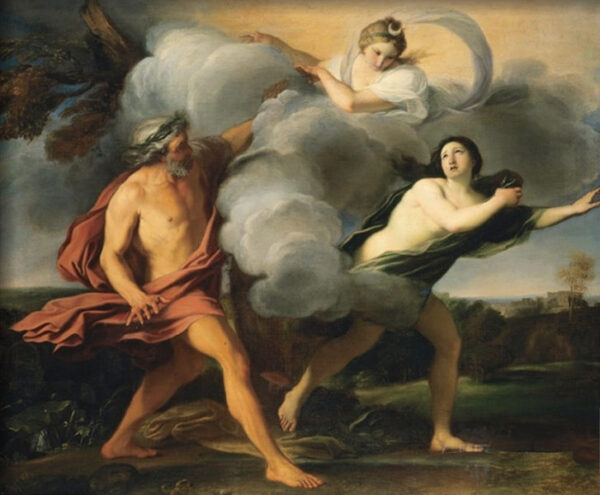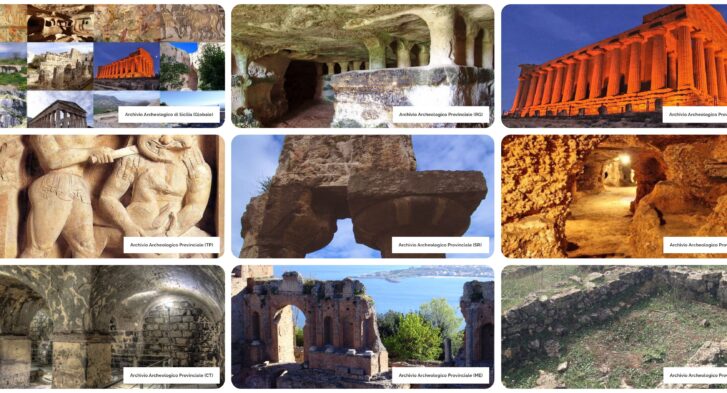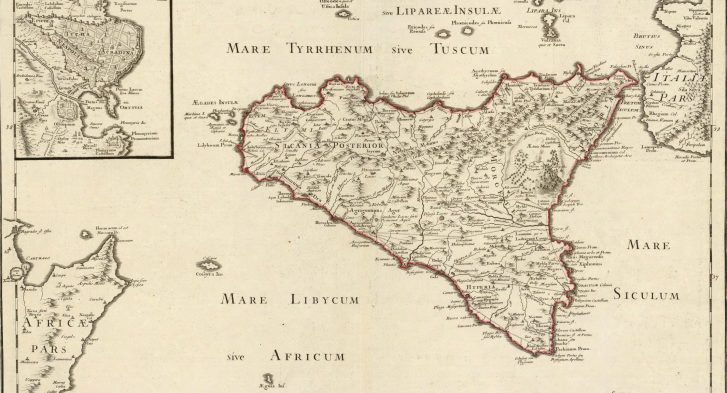Arethusa and Alfeo

Reference page: Repertory of Cults and Myths
Arethusa was one of the nymphs following Artemide. One day, after a hunting trip with the goddess, he felt the desire to cool off in the river Alpheus, which flowed in Olympia (in the Peloponnese), between Elis and Arcadia. Here she was seen by the god of the river Alfeo who fell in love with her, took on human forms and chased her in an attempt to possess her. Aretusa asked Artemis for help who, to save her, transformed her into a source making her sink underground and guided her through underground ways making her re-emerge on the island of Ortigia, in Syracuse. Alfeo, however, now determined to satisfy her, so to speak, insane cravings, managed to find her, transformed himself back into a river and crossed the sea to Ortigia to be able to mix its waters with hers. That's why, according to this legend, the waters of Arethusa of Sicily would actually be those of the Alfeo river.

Fountain of Aretusa in Syracuse (Photo: Ignazio Caloggero)
Of this source, not far from the temple of Artemis, in Syracuse, he speaks Diodorus Siculus (free V.4) who says that it was particularly rich in sacred and untouchable fish. The union between the Alfeo river in Greece and the Aretusa spring in Syracuse would be explained by the ancient belief according to which, when bulls were immolated in the Olympia river, the waters of Arethusa became numb [Strabo VI 2,4.] . Furthermore, it is said that a cup won at the Olympic Games and thrown into the river Alpheus would have reappeared in the Syracusan spring.
It is probable that the legend of Arethusa and Alpheus was imported by some colonists from Elide, who participated in the foundation of Syracuse, and that the good relations that Syracuse had with this Greek region kept the cult of Arethusa alive among the Syracusans.
Indeed, in Olympia, the cult of Artemis was linked to that of Alpheus, since the two divinities share the same altar [Pausanias Lib. VI.22.8]. Pausanias (lib VII 24,3) tells that some priests of the temple of Artemis in Egio (in Greece), they threw cakes into the sea saying they were sending them to Arethusa of Sicily.
The famous spring, which has become a symbol of the city of Syracuse, still flows today not far from the church of S. Maria delle Colonne and is a popular destination for tourists.
As evidence of the cult of Arethusa, many coins with his effigy have been found. In a silver decadrachma of Syracuse, dating back to the time of Dionysus I, on one side Victoria is depicted flying on a chariot, on the other the head of Arethusa surrounded by dolphins. The same figure (head of Arethusa with dolphins), an imitation of the Syracusan model, is found in a tetradrachm of Palermo from around 400 BC and in some "Punic-Sicilian" coins from around 350 BC.
Until recently, five hundred lira banknotes were in circulation, bearing the Syracusan silver coin, imitating it in an almost identical way: the head of Arethusa with dolphins.

500 lire
The Myth in the IWB Register of the Sicily Region
The places of the Myth of Alpheus and the Nymph Arethusa have been included by the Sicily Region in the LIM Register (Places of Identity and Memory of Sicily), sector of the Places of metamorphoses.
The places concerned:
Arethusa source (Syracuse)
Extract from the Book ” Cults of Ancient Sicily” by Ignazio Caloggero ISBN: 9788832060102 © 2022 Centro Studi Helios srl







